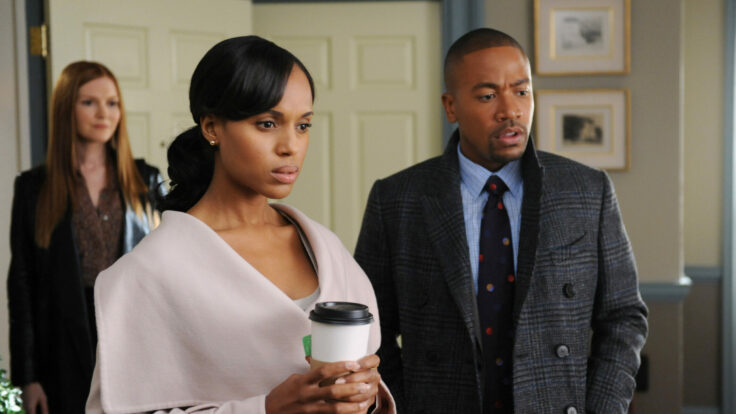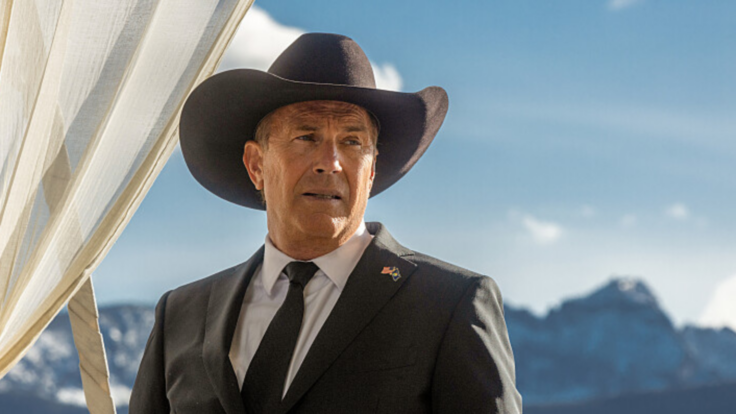Let’s pour one out for Showtime. The 46-year-old pay TV network, home to many great shows and many stinkers, was pretty much murdered this week, the latest casualty of the Great Netflix Correction. And we all kinda shrugged.
Yes, Showtime will live on as essentially a studio servicing the Paramount+ streaming platform and the rebranded linear TV network—dubbed “Paramount+ with Showtime,” a clunky name that will be used by exactly nobody besides cable company salespersons and the media. Paramount Global C.E.O. Bob Bakish is saying this is a rebirth, not a gutting. But that’s spin; this was the guillotine drop that had been feared for months, if not years, by Showtime employees and fans of soapy dramas with nudity in the first 15 minutes. I’m told the accompanying massive layoffs are likely just weeks away. (Paramount declined to comment.)

















